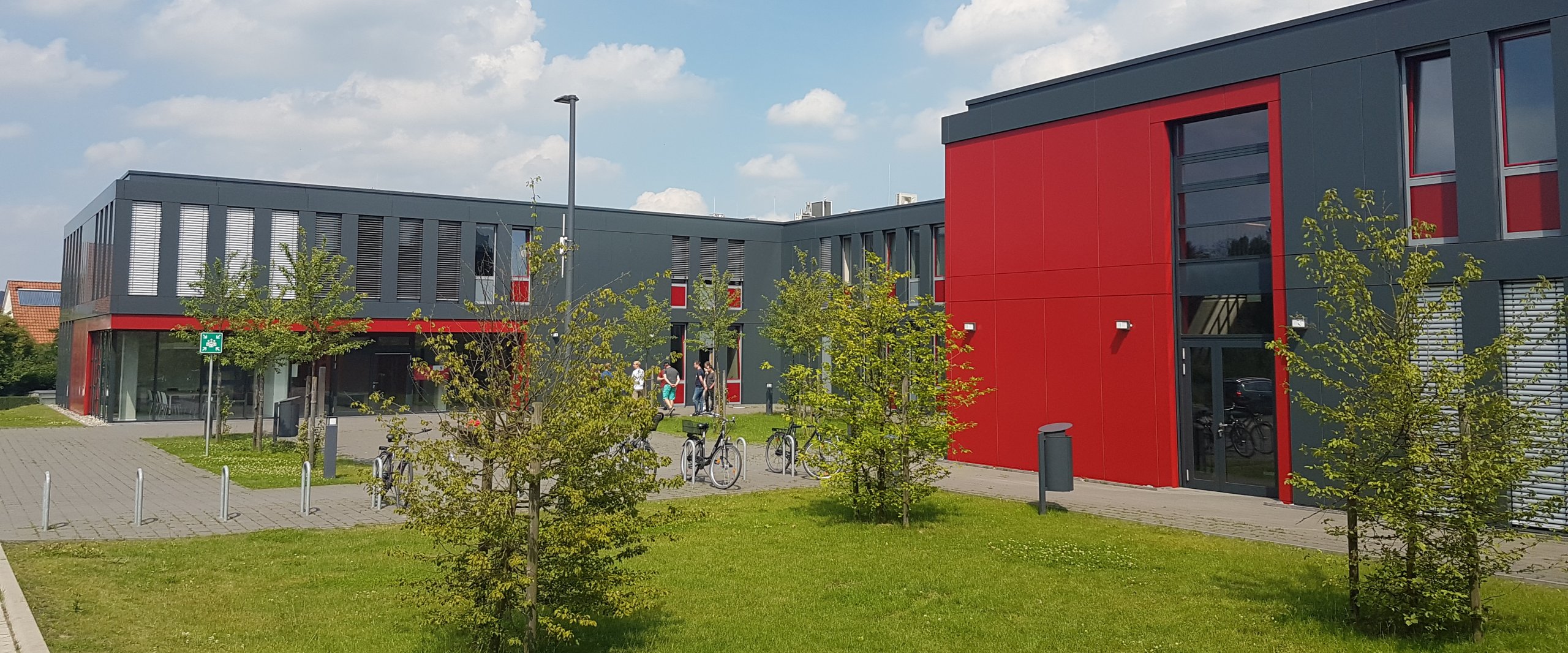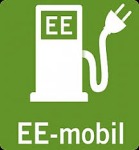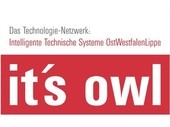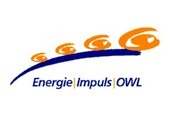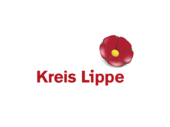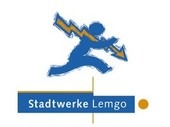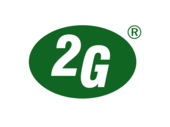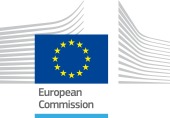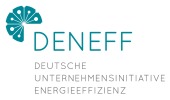Mobile Reporting 4.0 - Development of a notation standard for information processing in mobile reporting
Visual perception accounts for 70% of total human perception. Therefore, what we see and therefore the visual processing of information significantly influences our thinking and ultimately our decisions. Eye-tracking enables the recording and analysis of the eye movement of report recipients and is thus able to make the visual perception transparent. The benefit of a diagram or a table for the transmission of information can thus be determined by means of eye tracking.
This can be illustrated by an example. A subject is presented with a pie chart of export shares, arranged according to continents. As a control question the subject should indicate the export share for Asia. To do this, he compares the legend of the pie chart with the pie chart and answers the control question after a minute. From the analysis of the eye movement response and the answer to the control question, it becomes clear that the information about the pie chart and an additional legend for an effective intake of information ("Am I giving the right answer?") are sufficient, since the control question was answered correctly. In terms of efficiency ("How long do I need for the right answer?") it is clear from the eye movement - which constantly commutes between pie chart and legend - that there is potential for optimization here. If the subject is now presented with a circle diagram with labelling directly in the diagram, without a legend, it becomes clear by answering the control question after 40 seconds and the focused eye movement within the pie chart that the efficiency of the information transmission has been significantly increased.

